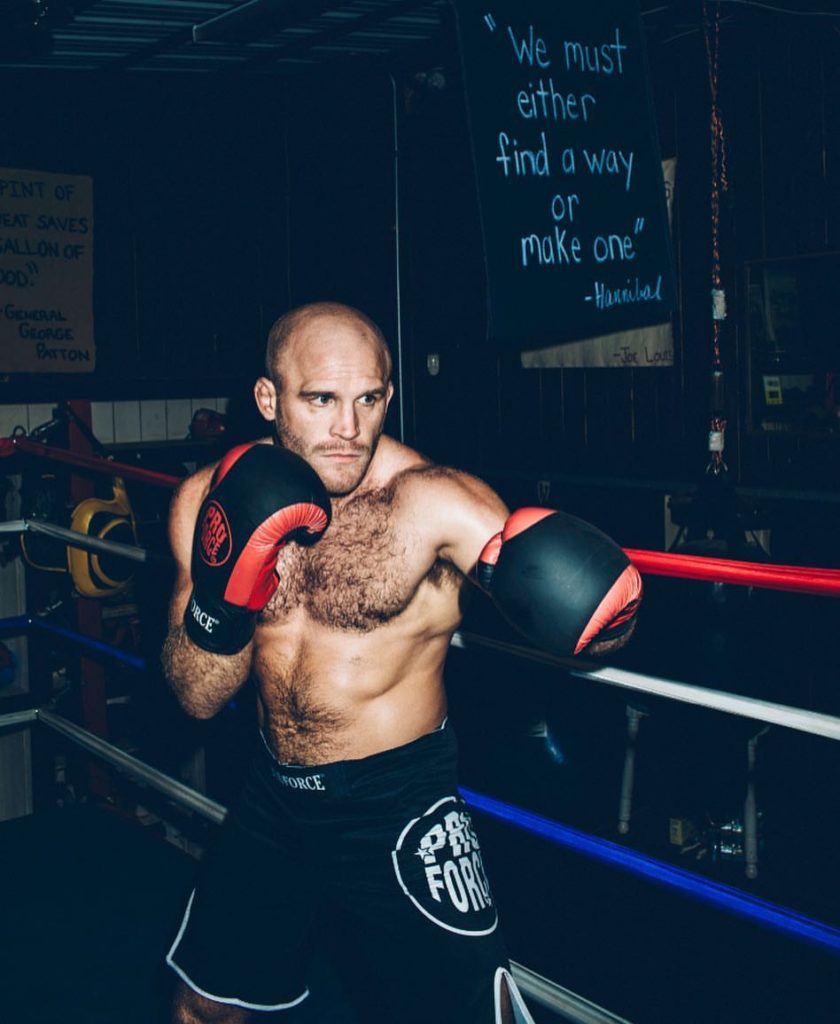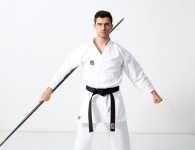Are you looking for a challenging new workout? Were the suggestions in last week’s post, New Ways To Get Fit This Year, quite what you were looking for to take your training to the next level? Then it might be time to add some martial arts sparring to your routine.
Sparring isn’t the perfect answer for everyone looking for a new workout. It’s definitely not something that a beginner who is looking for a new challenge should jump into unprepared. You need a solid level of cardiovascular fitness, strength, and at least some background in the marital art in question before you should begin sparring. But if you are prepared and if you spar safely and responsibly, in moderation and with the proper sparring gear, sparring can be an incredibly effective and fun addition to your fitness plan. Here are four benefits that make sparring one of the best workouts.
1. Cardio
Again, sparring is not great for beginners. Depending on which martial art you’re training in, jumping into sparring without at least some base level of interval and steady state cardiovascular training in your history is going to leave you feeling almost immediately exhausted at best and seriously injured at worst. If you are reasonably fit, and have enough training to start safely sparring —with the blessing of your instructor(s) and the proper sparring gear — then this type of training can be an amazing tool for taking your fitness to a whole other level.
In sparring, rounds are timed, with short periods of rest in between, which adds a level of interval training to the experience. But those rounds really start to add up quickly, which means that you’ll also be pushing your endurance as you keep going. Which makes sparring a unique combination of the two most significant types of exercise that you need to develop a well-rounded level of cardiovascular fitness.
2. Strength and Conditioning
A significant strength background isn’t completely necessary for sparring, but you can think of your muscles as another layer of sparring gear. You probably won’t feel quite as exhausted and potentially overloaded if you start sparring without a strength background in the same way that you would with a solid cardio base. But you will probably feel a lot stronger in the short-term — and less injury-prone in the long-term — if you also do some cross-training that can address the strength and conditioning needs of your chosen martial art.
That said, you will also experience some impressive and unique gains from sparring in your training. Each discipline will challenge different parts of you in different ways. Grappling arts, for example, are great for the glutes and the core. Sparring in combat sports that focus on punches, like boxing, are amazing for the back, arms, and core. Muay Thai will also attack the core, legs, glutes, and all of the other muscles that are involved in helping you to balance. No matter what martial art you train in, though, sparring is a full-body workout that often challenges your muscles in a way no other strength-based training can replicate.
3. Mental Sharpness
Sparring is, in a sense, a mind/body exercise. It might not facilitate a deep combination of awareness, clarity, and connection between the two in the way that more gentle and methodical practices like yoga and Pilates do, but sparring does demand that both your mind and body work in tandem to achieve the task at hand.
Sparring takes the techniques that you learned through careful study, practice, and repetition, and forces you to apply them in a practical scenario. Sparring, done properly, shouldn’t be a free-for-all. It should be done responsibly, with consideration for your sparring partners and yourself, and with the proper sparring gear. But even responsible sparring is far less predictable than technique training. It forces you to take everything you know about your martial art and apply it on the fly. Your brain must consider how to apply what you’ve learn and how to adapt it to the constantly changing situation of attempting to apply all of this against a person who is also trying to do the same thing with you. Which is an excellent way to keep your mind as sharp and agile as the rest of you.
4. Technique Refinement
“I could teach you how to swim on land by telling you how to move your arms, but you’re never going to learn it until you get in the water,” my first Brazilian Jiu-Jitsu instructor told me about a minute before he sent me into my first roll. And I’ve never forgotten it. All of the practice in the world is great, but it’s the almost scientific trial and error process of sparring that will truly force you to grow as a martial artist.





















